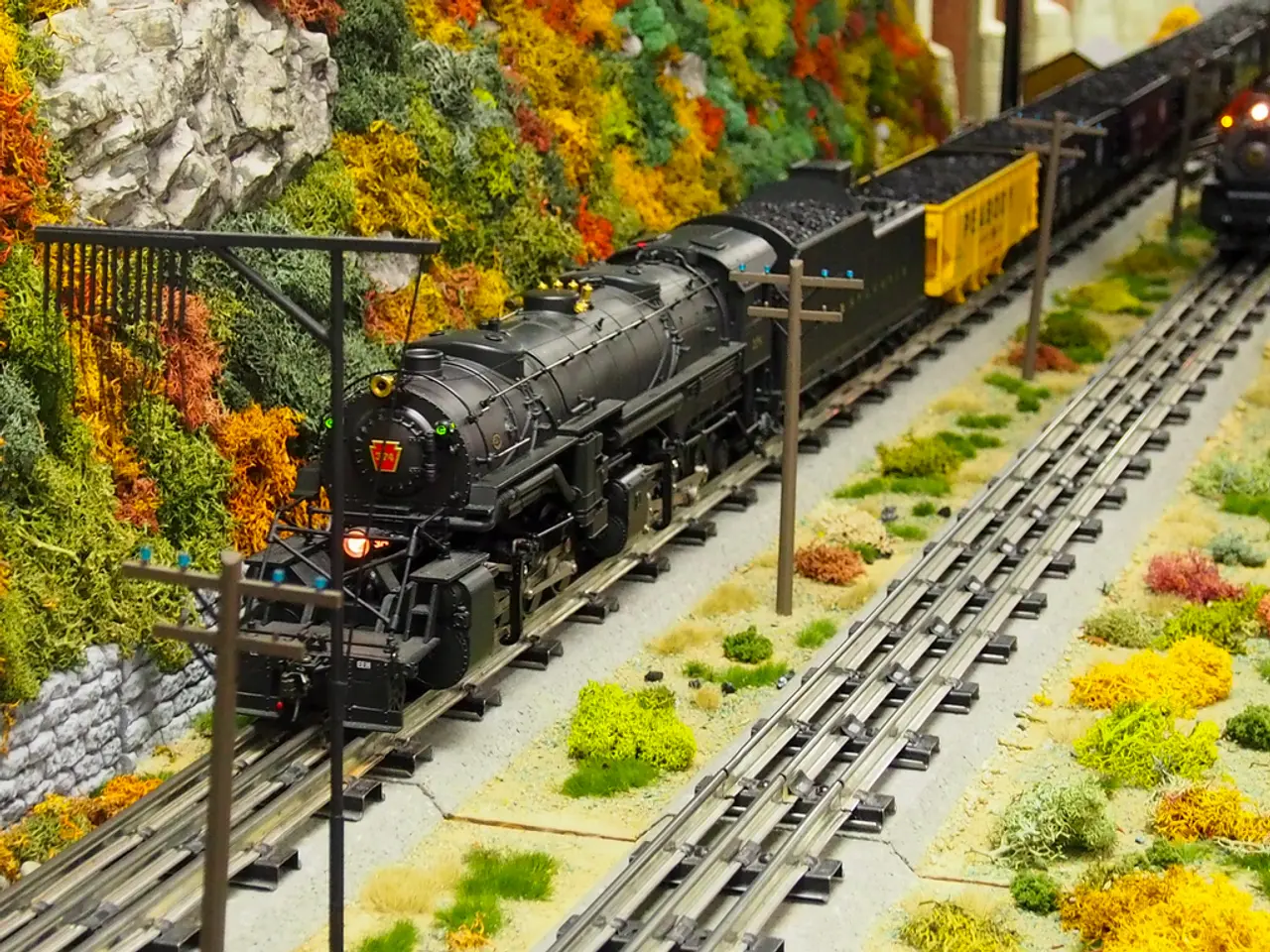STEM Experiment Involving a Miniature Backyard Zipline
Making a Garden Teddy Zip Line: A Fun STEM Challenge
Are you ready for a thrilling and educational adventure? Let's embark on a journey to create a garden teddy zip line, a fantastic activity that combines fun and learning for children of various ages and abilities. This project is perfect for a STEM challenge, teaching valuable lessons about friction, gravity, and motion.
Setting Up Your Teddy Zip Line
To begin, you'll need teddies or small play figures, string, wire, or wool, pipe cleaners, straws, and a timer. Set up a sturdy rope, wire, or fishing line stretched tightly between two points—one higher and one lower—to form the zip line. Attach a small platform, harness, or loop where the teddy can be secured.
Reducing Friction
The key to a speedy teddy descent lies in reducing friction. To achieve this, test different materials for the trolley, types of pulleys or wheels, lubricants, cable types, and teddy weights.
- Experiment with different materials for the trolley, such as plastic wheels, metal wheels, or a simple ring slide, to compare smoothness and rolling resistance.
- Test fixed vs. ball-bearing wheels to see which reduces friction better.
- Apply different lubricants (graphite powder, silicone spray) and compare speed.
- Use various thicknesses and materials for the string or cable to see which creates less drag.
- Add small weights to the teddy to examine how increased mass influences speed and friction impacts.
Improving Speed
Increasing the incline of the zip line allows gravity to accelerate the teddy faster. Streamline the teddy’s shape or cover it with smooth fabric to reduce drag. Ensure the teddy and trolley have minimal surface contact with the zip line to further minimise friction.
Designing Your STEM Challenge
To make the most of this learning opportunity, change one variable at a time to measure its impact on speed. Record the time taken for the teddy to travel the length of the zip line, using a stopwatch or video timing tools. Compare results under different conditions to identify which factors most reduce friction and increase speed.
Safety First
Ensure the zip line is securely anchored in the garden. Use light but strong materials that won't sag under the teddy's weight. A wheel-based trolley with ball bearings on a tightly stretched cable often provides the best friction reduction and speed.
Additional Tips
- Repeat each test 3 times and calculate the average time taken to help reduce errors.
- A harness made with pipe cleaner and straw reduces friction more than a harness made with pipe cleaner alone, leading to a faster descent.
- It's possible to set up several zip lines in a row and race.
- For more friction experiments, refer to the book "This Is Rocket Science."
Fun Variations
Why not add a touch of creativity to your project? Consider playful zip line variations like hamster wheel designs for added fun and inspiration.
So, grab your teddies and materials, and let the STEM adventure begin!
- This garden teddy zip line activity is an engaging STEM challenge for kids, offering a fun and educational experience that combines gardening, learning, and home-and-garden lifestyle.
- The aim of the project is to teach children about friction, gravity, and motion in a practical and exciting way, enhancing their stem-education and overall learning.
- To start off, choose materials such as string, wire, or wool, pipe cleaners, straws, and set up a sturdy zip line between two points, testing it with teddies or small play figures.
- Once the zip line is set up, experiment with different materials for the trolley, types of pulleys or wheels, lubricants, cable types, and teddy weights to reduce friction and improve speed.
- Don't forget to design safety precautions to ensure the zip line is securely anchored in the garden, using light but strong materials that won't sag under the teddy's weight.
- To enrich the learning experience, follow a systematic approach, changing one variable at a time to measure its impact on speed, and consider adding playful zip line variations like hamster wheel designs for additional experimentation in education-and-self-development.




